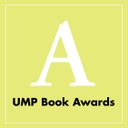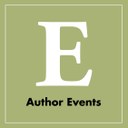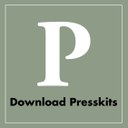The Atlantic: Nine books that helped me reframe my relationship to viruses
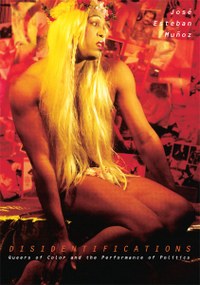
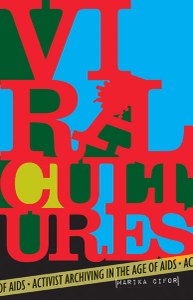 In Muñoz’s first book, Disidentifications, he argues that living as a brown person or a queer person (or both) in the world can be exhausting because you either live with straight whiteness or live against it. He offers a third option: to disidentify, to invent new ways of being.
In Muñoz’s first book, Disidentifications, he argues that living as a brown person or a queer person (or both) in the world can be exhausting because you either live with straight whiteness or live against it. He offers a third option: to disidentify, to invent new ways of being.
[Kane] Race and Muñoz both invite us to live “otherwise,” as the queer Black scholar Ashon Crawley says, to find self-indulgence in things that might be forbidden while still acting according to standards that support and protect one’s community. These books may both be scholarly queer theory, but they are both a disrupting joy to read.
_
Are plague stories lost along with their dead? In Viral Cultures, an archivist’s work of scholarship, Cifor demonstrates how essential archives were to recovering and telling stories about HIV/AIDS, even as so many of the activists and artists chronicling the virus’s effects were lost to it. She also implores readers to think critically about how they remember the work of organizations such as ACT UP. Some forms of nostalgia, she argues, can be flattening (or even harmful at a time of such mass death). “The acts of creating, collecting, and preserving records that affirm the existence of communities that have been historically oppressed is political, and community AIDS archives are a manifestation of archival activism,” she writes. It can be read as an entreaty to us today that we should similarly preserve our own pandemic memories. We all have the lethal constraints of a human body; Cifor offers us a pathway to ensure that our most important work, the messy work of living, cannot so easily be erased.
